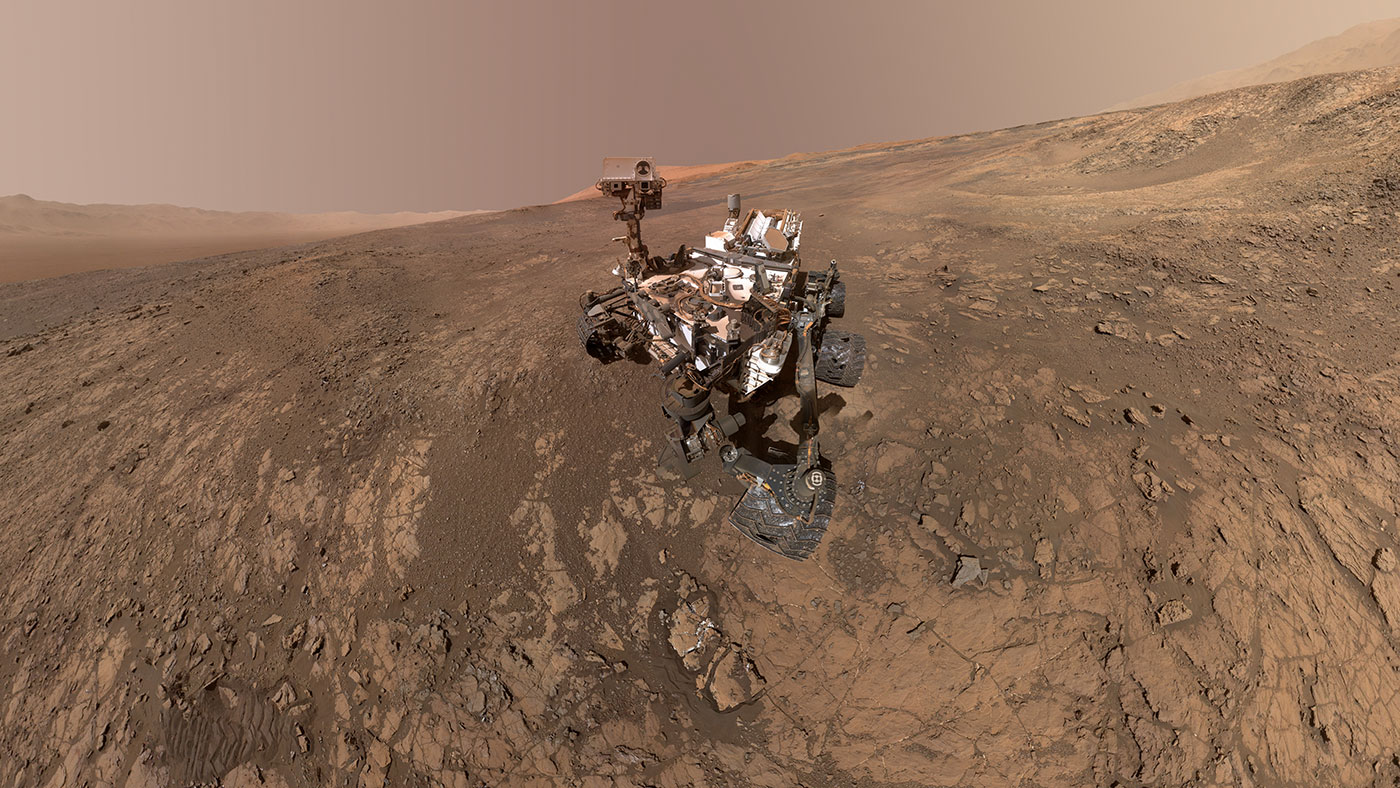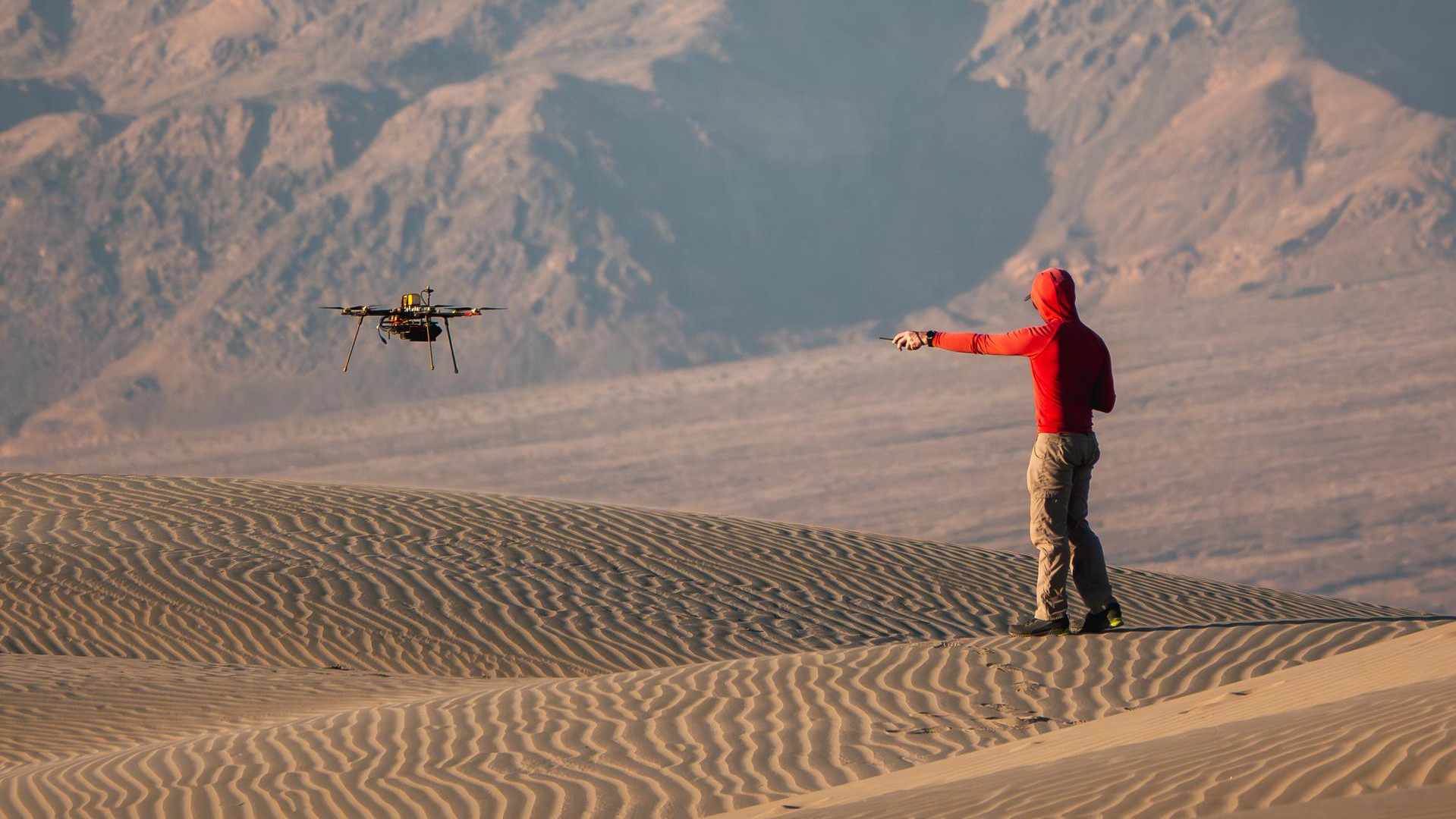NASA's Curiosity Rover on Mars Sidelined by Glitch

NASA's Curiosity Mars rover has temporarily halted science operations because of a glitch, mission team members announced today (Sept. 19).
The mysterious issue, which cropped up Saturday night (Sept. 15), prevents the rover from beaming to Earth much of the science and engineering information stored in its memory, Curiosity project scientist Ashwin Vasavada, of NASA's Jet Propulsion Laboratory in Pasadena, California, wrote in an update today.
But Curiosity remains otherwise healthy, he said. For example, the rover can still relay real-time data about its status. [Photos: Spectacular Mars Vistas by NASA's Curiosity Rover]
"Engineers are expanding the details the rover transmits in these real-time data to better diagnose the issue," Vasavada wrote. "Because the amount of data coming down is limited, it might take some time for the engineering team to diagnose the problem."
The rover team has turned off all of Curiosity's science instruments while engineers investigate the glitch. Mission team members are also preparing to fire up the rover's backup computer, in case they need it to diagnose the issue with the main computer, Vasavada wrote.
The backup, which is identical to the main computer, has proved its mettle before. It served as Curiosity's primary computer for the rover's first 200 sols on the Red Planet before experiencing issues of its own, which have since been fixed, Vasavada noted. (A "sol," or Martian day, is about 40 minutes longer than an Earth day.)
While mission engineers work on the current problem, the Curiosity science team will study the data the rover has already gathered at Vera Rubin Ridge, in the foothills of Mars' 3.4-mile-high (5.5 kilometers) Mount Sharp.
Breaking space news, the latest updates on rocket launches, skywatching events and more!
Some rocks in this area have proved exceptionally hard, complicating several previous Curiosity drilling attempts.
"We're looking at any clues that tell us the rocks are weaker and better for drilling," Vasavada wrote.
Follow Mike Wall on Twitter @michaeldwall and Google+. Follow us @Spacedotcom, Facebook or Google+. Originally published on Space.com.

Michael Wall is a Senior Space Writer with Space.com and joined the team in 2010. He primarily covers exoplanets, spaceflight and military space, but has been known to dabble in the space art beat. His book about the search for alien life, "Out There," was published on Nov. 13, 2018. Before becoming a science writer, Michael worked as a herpetologist and wildlife biologist. He has a Ph.D. in evolutionary biology from the University of Sydney, Australia, a bachelor's degree from the University of Arizona, and a graduate certificate in science writing from the University of California, Santa Cruz. To find out what his latest project is, you can follow Michael on Twitter.
